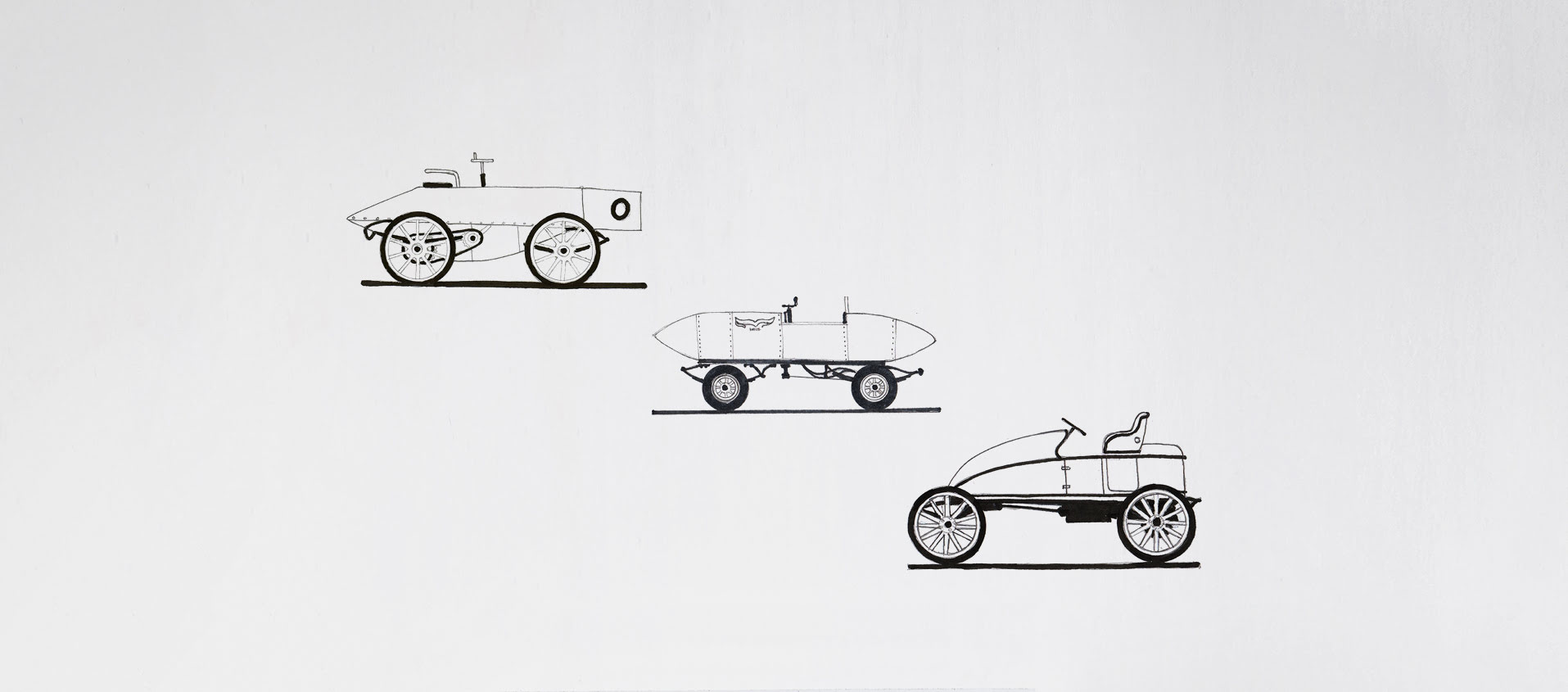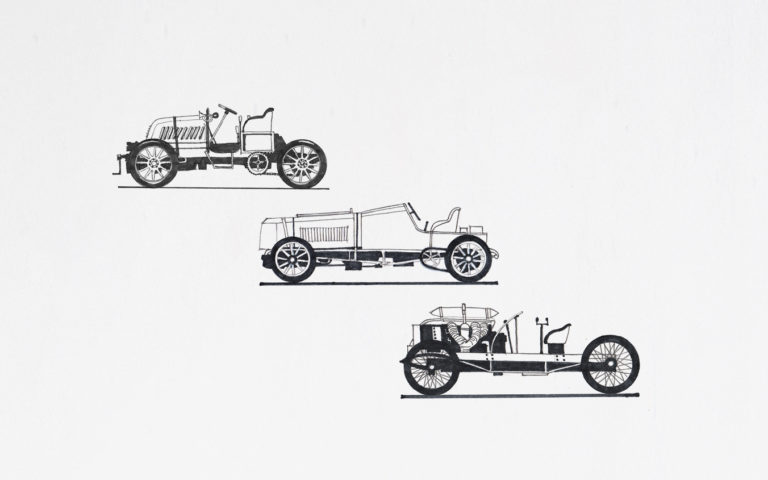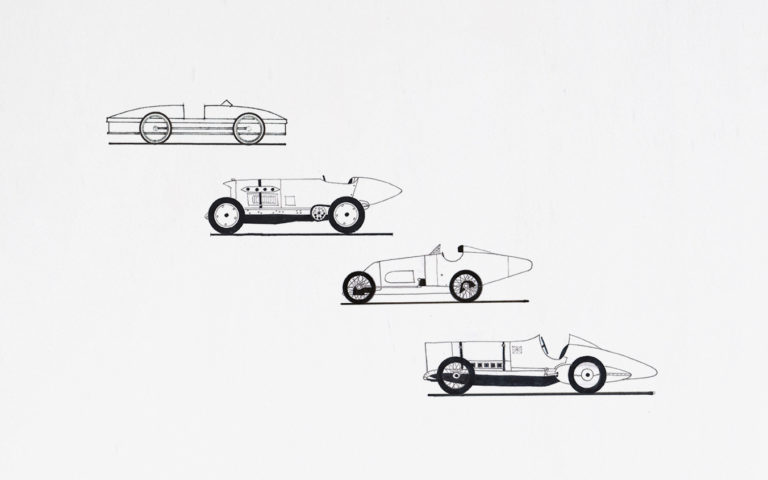The Speed Record Story 1 - 1899. Breaking the 100 km/h barrier
05 April 2021 4 min read 6 images

It is by no means a surprise to hear that the one thing everyone wanted to know about the newly-invented car was how fast it could go. The debate about speed had already commenced with trains some fifty years earlier. Among the many themes that concerned them back then, the theory that speed could actually damage our health had already been disproven: already in 1848 a steam locomotive called the American Antelope, had reached 96.6 km per hour without any particular side effects.
Register to unlock this article
Signing up is free and gives you access to hundreds of articles and additional benefits. See what’s included in your free membership. See what's included in your free membership.
Already have an account? Log In


